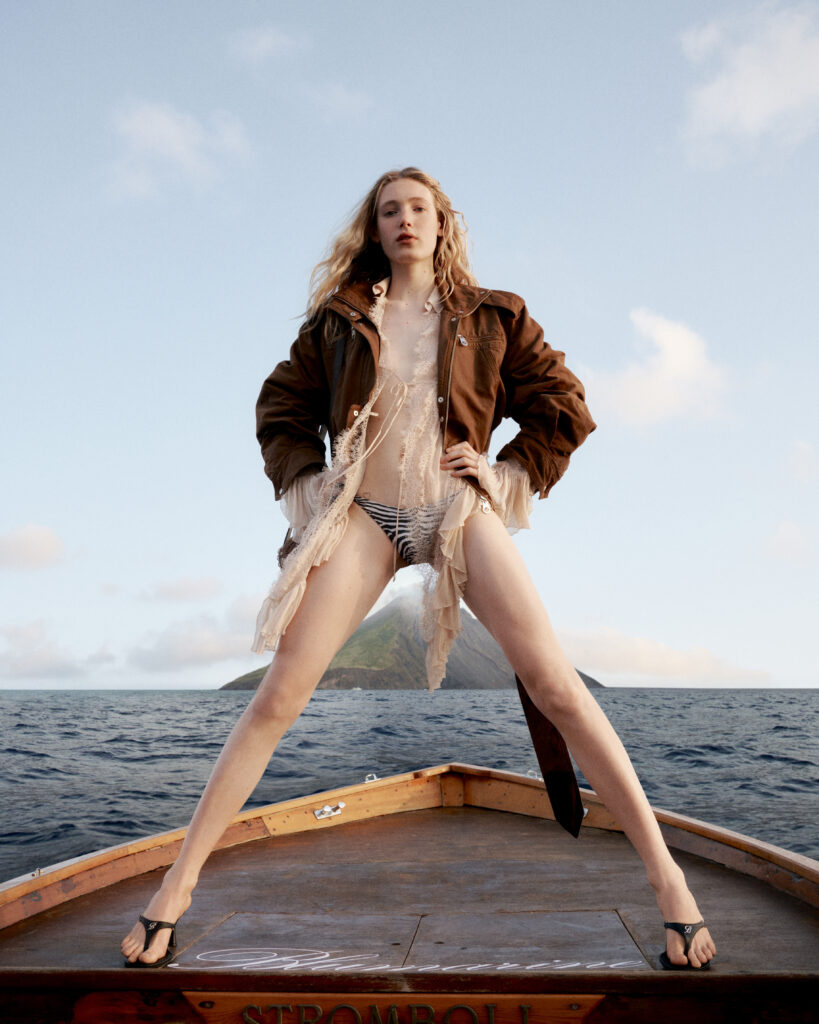David Koma is a man of dualities. Based in London but spending half his time in Milan, he juggles his namesake label—known for its bold yet architectural vision of femininity—with the recently reinvigorated Italian house Blumarine, where whimsy and romance reign. As a designer, he’s both intuitive and precise, nostalgic yet forward-facing. Perhaps most of all, Koma is a textbook example of how to successfully “scale” creativity as if your mind were a startup, turning raw imagination into not one but two brands with global reach.
Read V’s exclusive Q&A with David Koma below!
Mathias Rosenzweig: You started designing at 13. What did your early sketches look like—and do you still have them?
David Koma: Yes, I’ve kept a few sketchbooks from those early days, they’re quite special to me. I actually started sketching around the age of 8, and by 13, I was already entering local design competitions. I was definitely an ambitious teenager!
In the beginning, I was completely obsessed with accessories. My earliest drawings were of hats and shoes. There was something about the sculptural nature of those pieces that really captured my imagination. Over time, that focus naturally shifted toward full silhouettes and garments, but I think the architectural quality of those early accessory sketches still informs the way I approach clothing today.
MR: How do you walk the line between sensuality and elegance in a world where everyone is trying to grab attention?
DK: For me, sensuality is more about suggestion than exposure. True elegance lies in the balance, highlighting strength and allure without ever feeling overdone. It’s about fit, fabric, and restraint in just the right places. When a woman feels empowered in her clothing, it becomes effortlessly elegant.
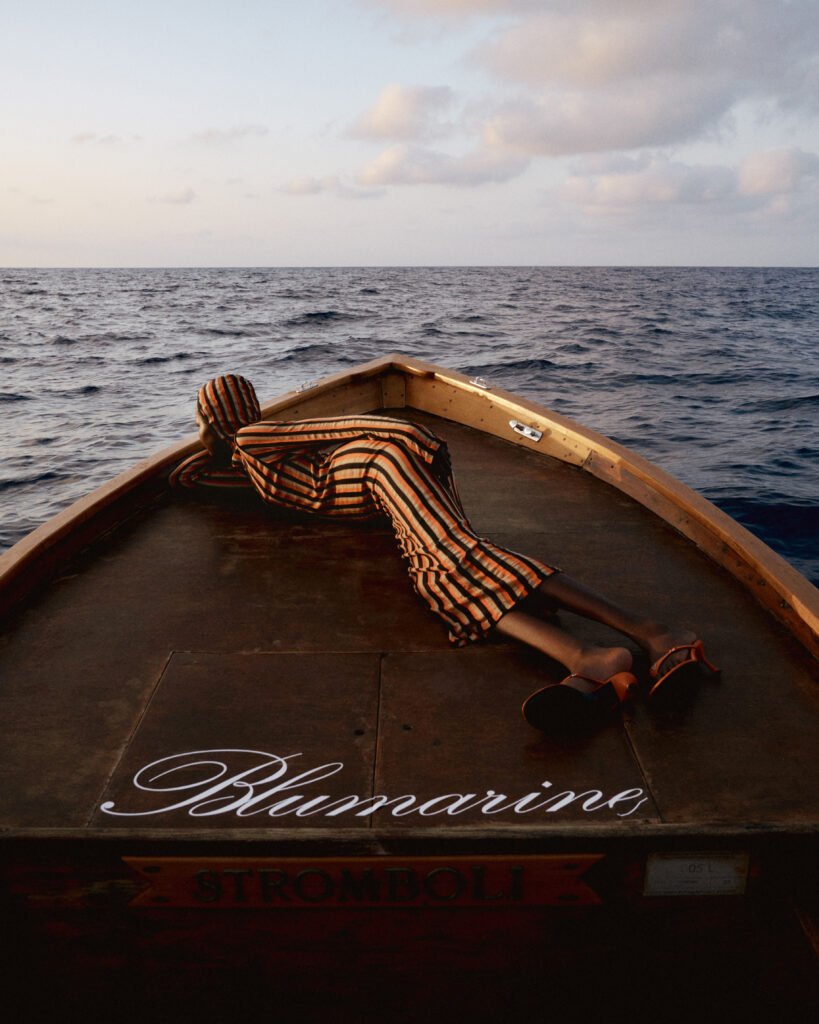
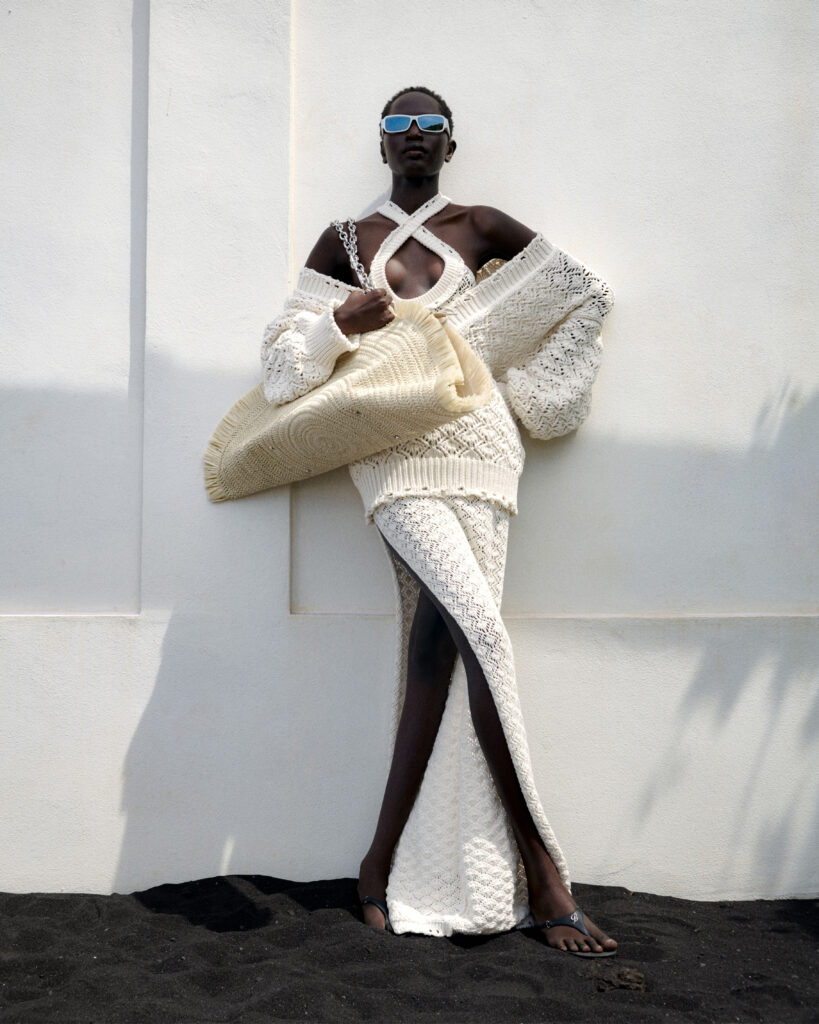
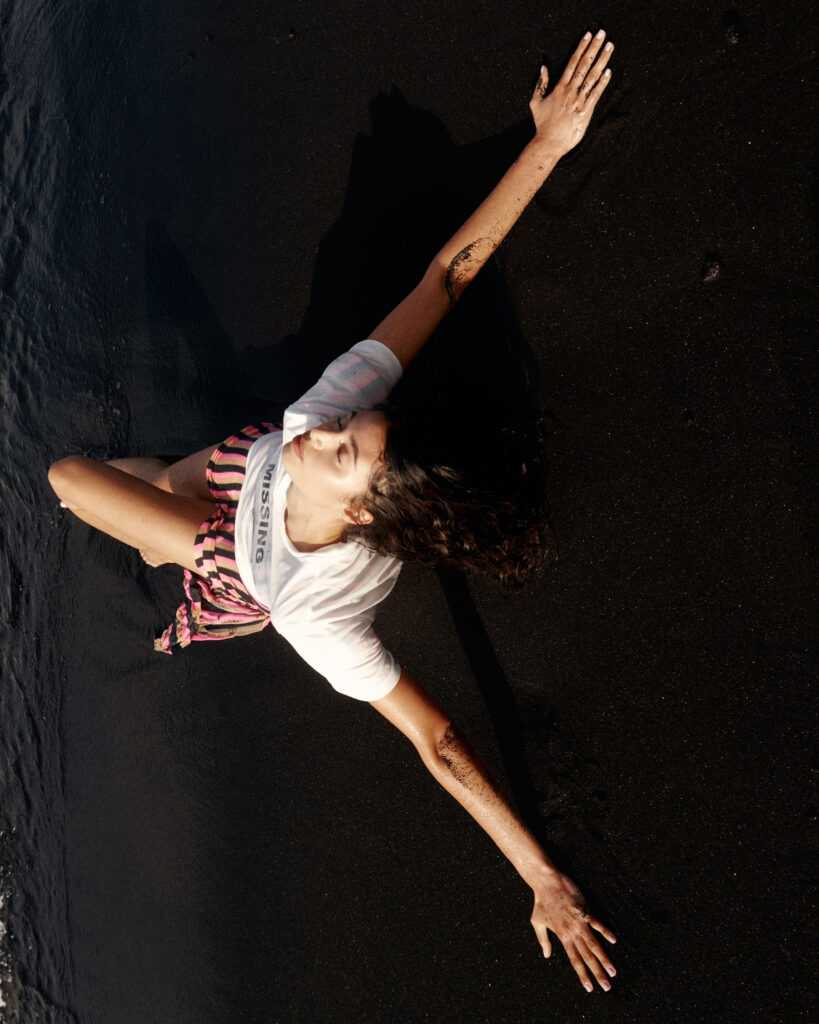

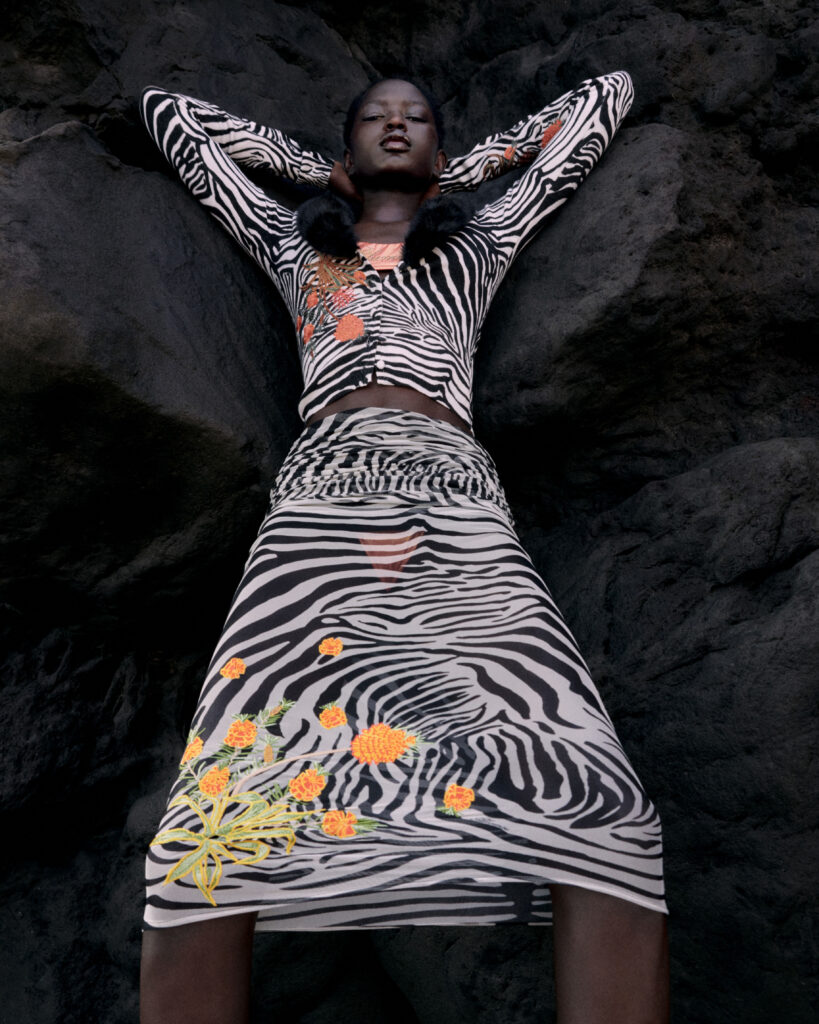
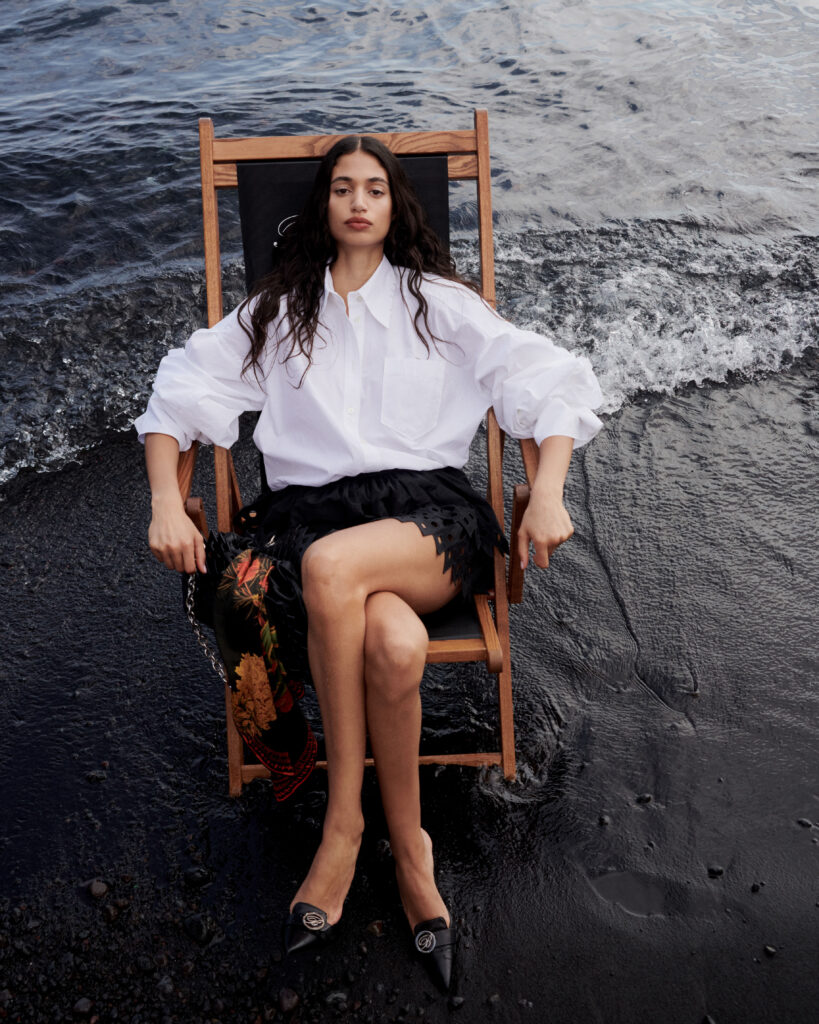
Courtesy of Blumarine
MR: You’re known for your technical excellence. What’s a detail or construction choice you obsess over that most people might overlook?
DK: Fabric selection is something I’m incredibly meticulous about. I have a few signature materials, like ultra-supportive cady or stretch sequins, that I return to because of how beautifully they sculpt and enhance the female form. But finding the right fabric is always a journey. It involves hours of research, endless testing, and a lot of trial and error.
For example, in the Pre-Fall 2025 collection, we finally sourced an incredible faux fur that is rich in texture and depth of colour. I’d been searching for the perfect one for years but never committed until it felt exactly right. For me, it’s never worth compromising. If the fabric doesn’t meet the vision, I’d rather wait.
MR: What are some of your biggest sources of inspiration—movies, music, etc. that you keep finding yourself going back to?
DK: I would say art is my constant inspiration. Jeff Koons, Damien Hirst, Daniel Arsham…
Photography too, I always go back to old Helmut Newton photos.
I love visiting galleries and museums around the world, from large institutions to more obscure spaces that offer unexpected perspectives. There’s something about standing in front of a powerful piece of contemporary art or discovering a new artist that completely resets my creative energy.
I love film and women in film. Recently, my Pre-Fall David Koma collection was inspired by the famous Bond girls – Xenia Onatopp, portrayed by Famke Janssen in GoldenEye, Tiffany Case, played by Jill St. John in Diamonds Are Forever, and May Day, portrayed by Grace Jones in A View to a Kill. On the Blumarine side, my AW25 collection was inspired by the alluring women of the Italian film industry. I constructed a cinematic muse who embodied the romanticism and rigour of those multifaceted characters.
MR: AI—what are your thoughts on this revolution we’re seeing take place?
DK: It’s fascinating and something I’m exploring more deeply. AI can never replace human creativity, but it can enhance certain elements of the design process, especially when used by a skilled designer. I’m curious about its potential and definitely open to it!
MR: What has been your biggest challenge as a creative director running your own label?
DK: Finding the right balance between creativity and business. Fashion is an art, but it’s also an enterprise. Learning how to scale, manage teams, and stay innovative while also being commercial—that’s been the steepest and most rewarding learning curve.
Looking at the bigger picture, also being able to work with different perspectives and goals on the two brands—David Koma and Blumarine—is also a significant challenge, but really fulfilling as well.
MR: What’s something you’re still trying to master or understand as a designer?
DK: Time. No matter how many seasons I’ve done, managing time creatively and strategically remains a challenge. You’re always racing a calendar. I’m constantly trying to master how to protect space for innovation while also meeting the pace of the industry.
MR: When you’re not thinking about fashion, what fascinates you? Where does your mind go?
DK: When I’m not thinking about fashion, my mind usually drifts toward travel. My trips allow me to step outside of routine and absorb different cultures, architecture, and landscapes. Whether it’s the clean lines of a modern building in New York or the vibrant chaos of Italian reviera, those sensory experiences always find their way back into my work, even if subconsciously.
MR: Where are you actually based?
DK: I’m based in London. My office for David Koma is in East London. I’ve been here for a long time—maybe 11 years in this location—but in the UK, about 22 years already.
MR: Do you have to spend a lot of time in Milan as well?
DK: I do. Since I became the Creative Director of Blumarine, it’s been on and off—two weeks a month, I’m in Milan. Now it’s kind of 50/50. I was never really in Milan before; I was only there for work for a couple of days. I loved Italy all my life and all the other amazing cities, but I didn’t know Milan at all until I started living there. And I’m enjoying it. People are super friendly, the vibe is chilled, the food is good, and everything is within walking distance. I like big cities like London or New York—that’s my vibe—but lately Milan has been giving me such a nice, welcoming energy. To get to know the city better, because when I’m there I’m working and don’t have time for much else, I’ve requested to live in a different apartment each time I go.
Everyone was pretty shocked by this decision, but I really enjoy it. Not every single apartment is amazing, but at least you get to live with an Italian vibe. If there were one apartment I was obsessed with, I might stop moving around. There was one, but unfortunately—or fortunately—it wasn’t available long-term. So now I’m still moving.
MR: London must feed into the David Koma brand, but then you’re in Milan and that feels very Blumarine. Does that separation help creatively, to keep the two distinct?
DK: Yes and no. You’re right that Blumarine is a heritage Italian brand loved by Italians. For the first collection, it was really important to have a proper understanding of the Italian vibe and make sure Italians were on my side. Living in Milan helped me put on that “Italian hat.” For me, Blumarine is such a positive heritage house. I told them, “I won’t be able to deliver good work if I’m not happy.” It’s very important for me to enjoy being there so I can create good things.
MR: People seem to be really happy with what you’ve done for the brand.
DK: To be honest, I kind of manifested the Italian job. A couple of friends moved to Milan, and a few months before, I visited them and experienced a different kind of Milano—house dinners, walking the dog in the park. I thought, “This feels nice. I wonder if anyone would call me for a job.” Three months later, they did. It was a good call.
There are different brands with different challenges and backgrounds. This one was nice to approach as a Creative Director because all the memories and associations people have with it are positive. That really helps. Some brands have a heavier legacy. Blumarine has this Italian, family-oriented energy. Anna Molinari is like a mother figure, and this idea of a multi-generational, mother-to-daughter concept really suits the brand.
MR: How would you describe the David Koma woman in 2025? You’ve had the brand for a long time, so she’s probably evolved.
DK: Yes, but my beliefs and taste have been permanent. The world changes and the customer evolves, but timelessness and a sculptural approach are at the core of the brand. It took time to define my own identity and codes. We recently celebrated our 15th anniversary, and I’m proud to have established a strong identity. Even if it evolves, it has a recognizable silhouette and structure.
Blumarine is more lighthearted and playful, but even though the two brands are very different and the customers seem different, they could definitely be friends.
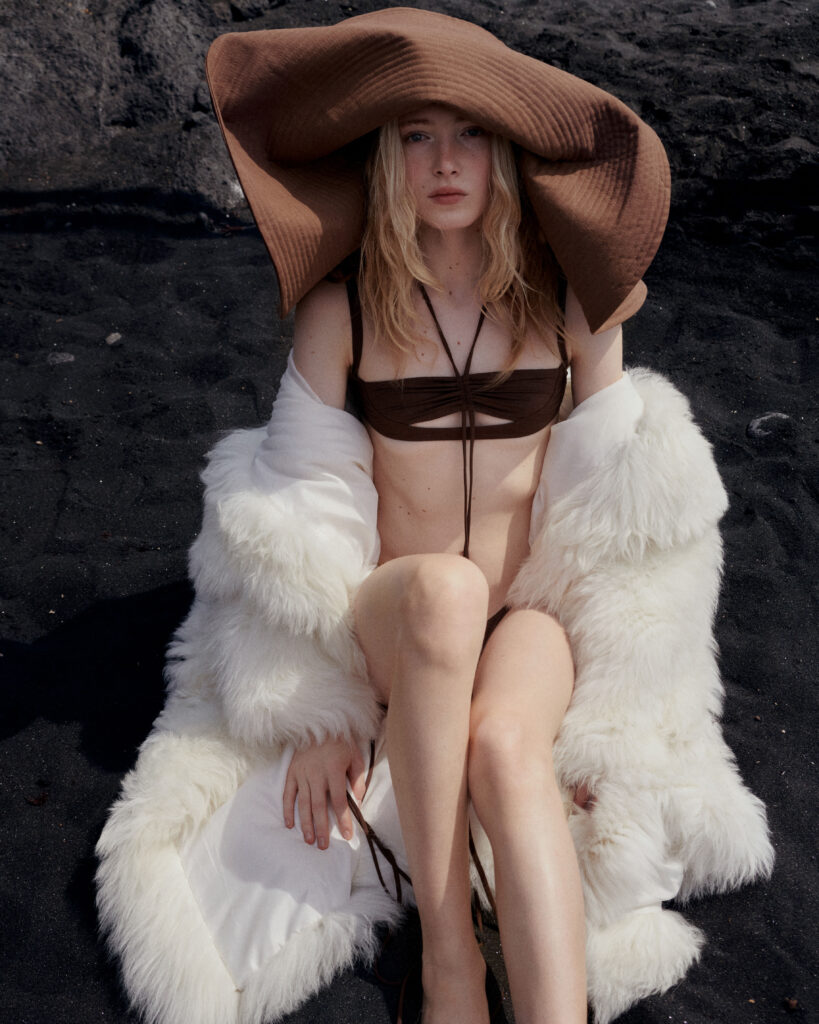
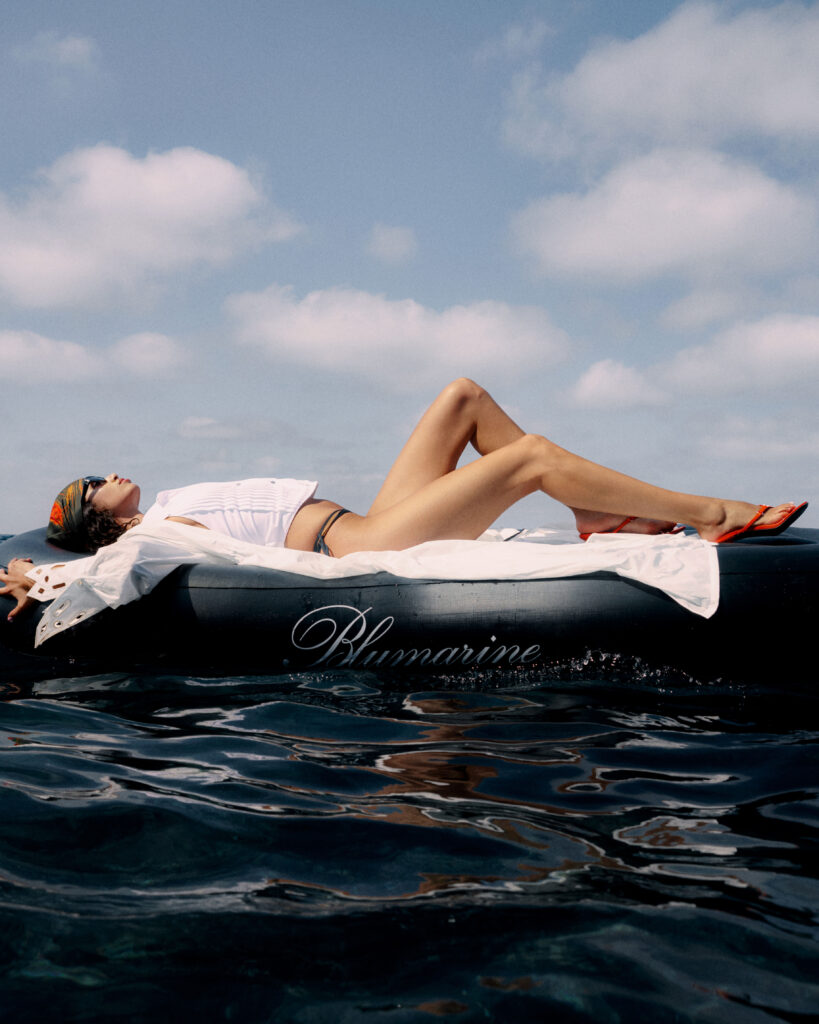
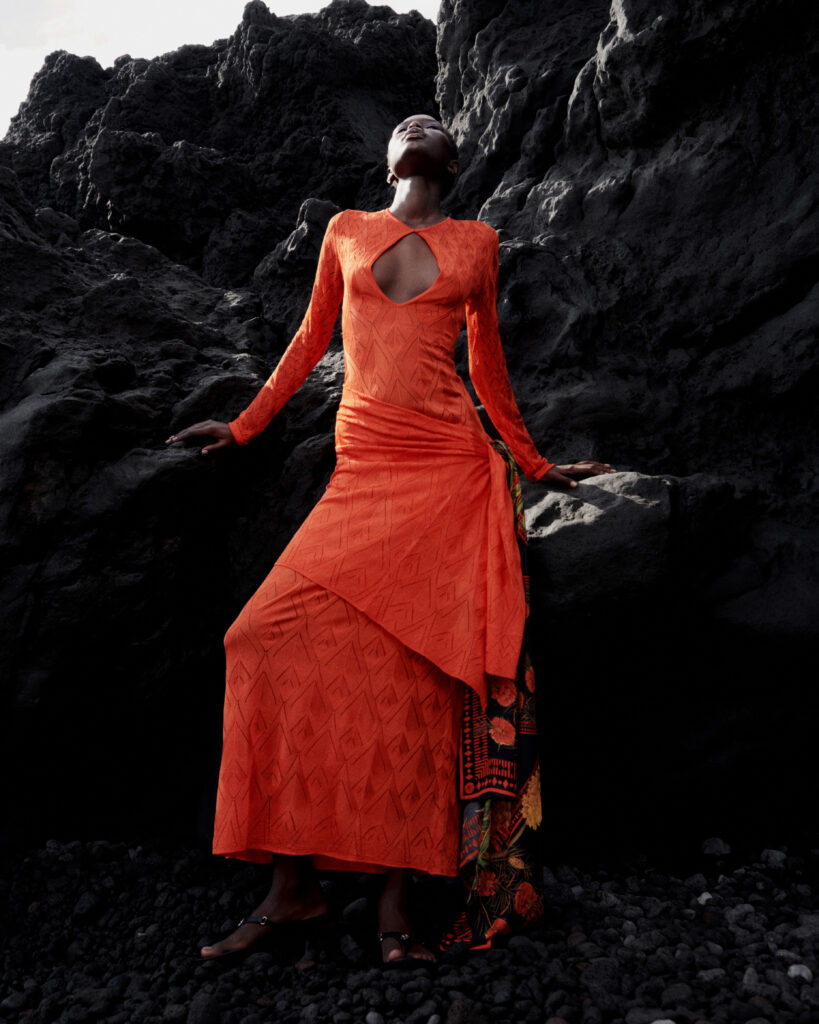

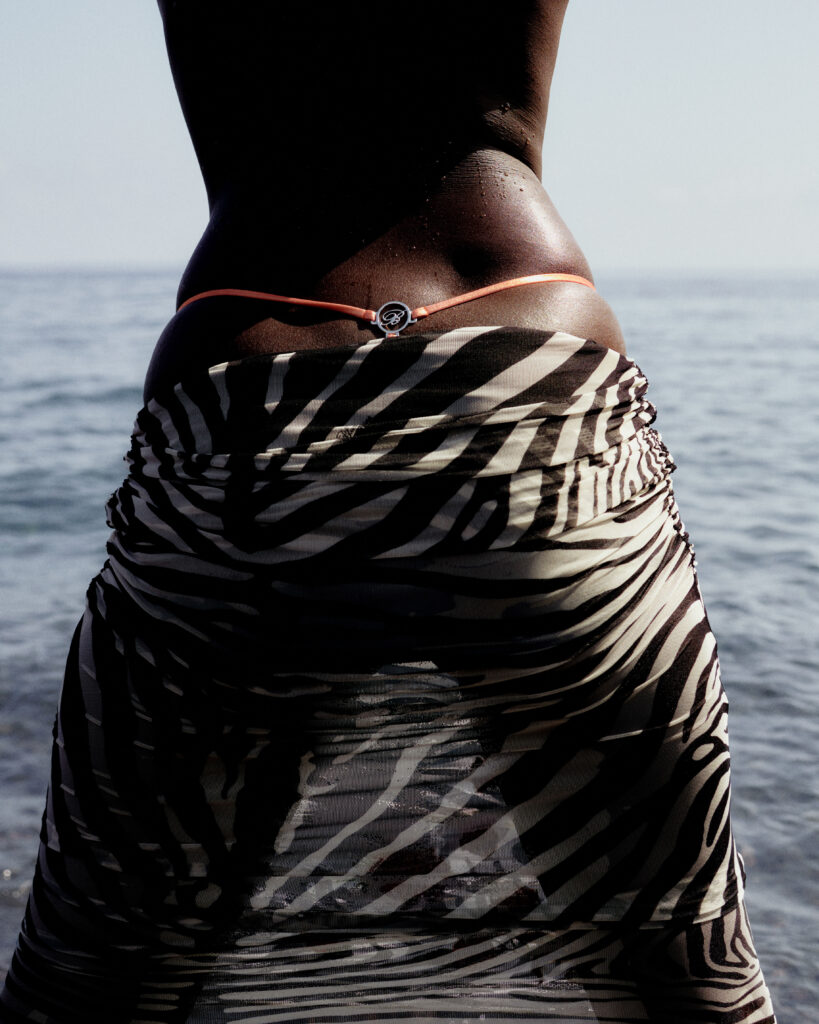
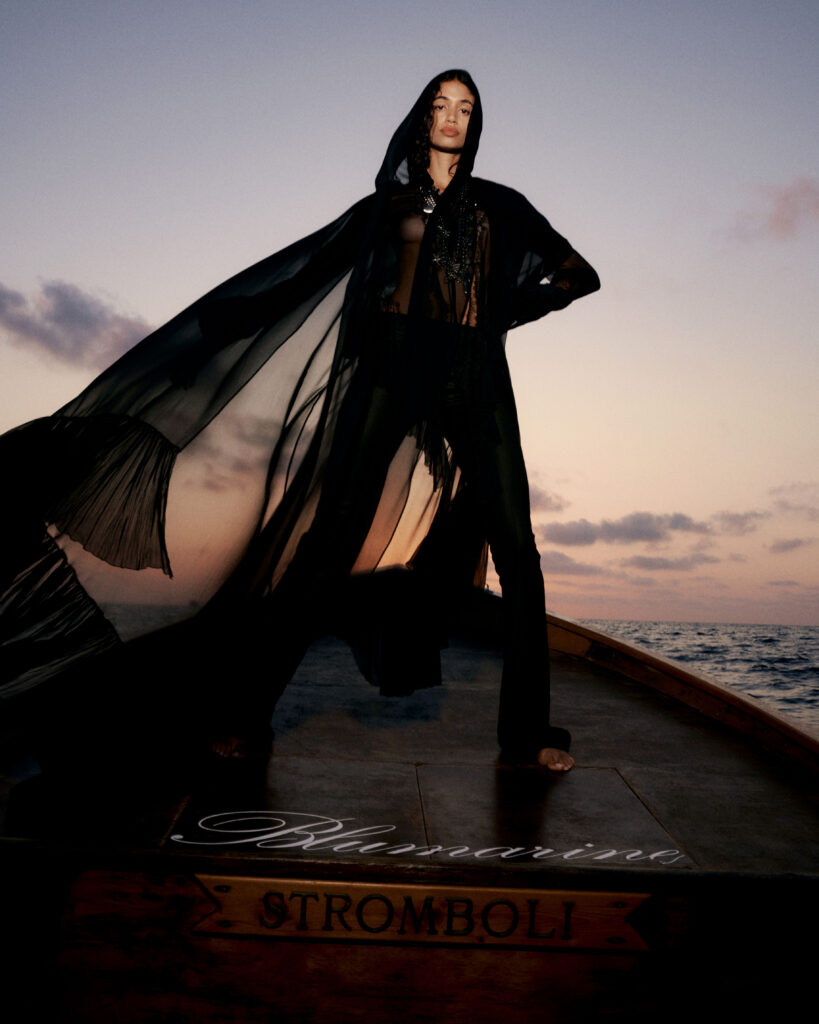
Courtesy of Blumarine
MR: They could have dinner together. I’m sure they’d gossip a lot and have a couple of cocktails.
DK: Exactly.
MR: When you start a collection, do you begin with a character in mind, a specific silhouette, or a mix of things?
DK: It’s a mix. Every season starts from a different concept—art references, a movie, a conversation, or even something like a petrol stain outside my office. There was a collection that started with that, and we developed an underwater world from it.
I also have my own system. I constantly generate ideas when I travel or in daily life. I think of it as an imaginative cupboard of ideas and concepts. When it’s time to roll out a new collection, I open the one that feels most appropriate for the project or timing.
MR: I’m a writer, and I used to worry about running out of ideas. Over time, you realize you’re always finding new inspiration—a movie, an oil stain, whatever. You’re always feeding that filing cabinet in your mind.
DK: For me, it’s the opposite. I’ve always had a lot of ideas. Even back in university, my professor said I never had a problem with ideas. For me, the challenge is execution within the timeframe. Magic happens only when concept, timing, and execution align. That’s my main issue.
MR: Some brands spend all their energy trying to make something go viral. Others care less about that. Where do you stand?
DK: Virality is great, especially in the social media era, and when it happens, it’s fantastic. But it never leads the narrative. Starting with that wouldn’t get me far. I always return to timelessness and having my own pace and language. If something goes viral, great, but that’s not the goal.
The only thing that changes is technical—whether I’m designing for a show or a static lookbook shoot. If it’s a show, I think about high-speed movement and how it looks from every angle. If it’s static, that’s different.
I also have my “digital eye.” When I do fittings, I look through the camera lens because certain fabrics or crystals look different on camera. For example, crystals can lose their magic in photos. So we mix in plexiglass detailing, which becomes more visible in pictures and maintains the effect. Even at a show, only a few hundred people see it live. Most people see it online, so I care how it looks on camera.
MR: One last question—if you had to name one or two things you found the most beautiful or aesthetically pleasing in your life—a movie, painting, dress, song, anything—what comes to mind?
DK: The first thing that comes to mind is a beautiful sunset I witnessed from Nobu Malibu. It sounds cliché, but that sunset was very special.
The second thing was one of my own pieces. A couple of years ago during the Oscars, Beyoncé wore one of our looks for the opening. It was magical for many reasons, but especially because I’m a huge tennis fan. It was for King Richard, and the performance was on a tennis court, which made it even more special for me.
Discover More
